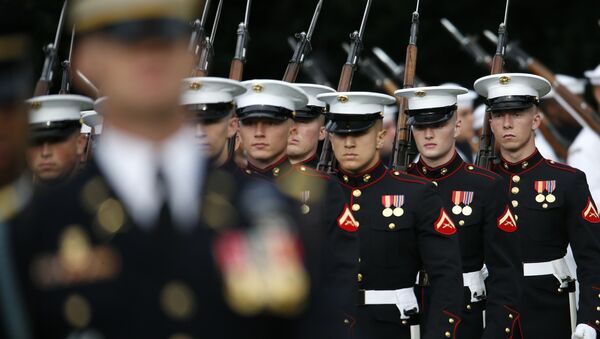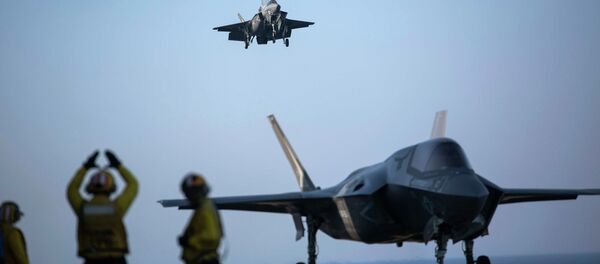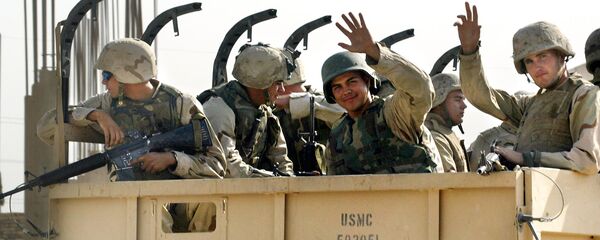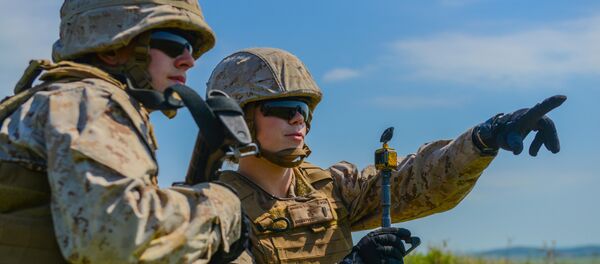A 2010 force structure review found that the ideal size for the Marines is roughly 186,800 troops. Currently, the military branch falls short of that, employing 182,000 soldiers.
But, according to Lt. Gen. Robert Walsh, commander of the Marine Corps Combat Development Command, that number is 8,000 short of what’s ideal.
"The path we’re on is to go to 182,000 Marines. That’s what we’re going to be funded for; that’s what we’re allowed to do by Congress," he told Military.com.
"But in a perfect world…we came up with about 190,000; that is the optimized force."
One argument for this increased troop size is that the Corps needs to improve its cyber capabilities to keep up with the requirements of the modern battlefield. But new troops would also be used to increase force rotations, allowing soldiers to be deployed for shorter durations.
"We didn’t say, 'Let’s go to Congress and say we want that.' Somebody may give that to us as we go to the next administration and take a hard look or the operating environment might drive us," Walsh said.
"What we’ll be able to do is if somebody says, 'Hey, if you’ve got some money, got more force structure, what would you buy?' We now have conducted a force structure assessment that would allow us to do that."
While Walsh is focused on the size of the Corps, quality may be more valuable than quantity. Speaking at the Center for Strategic and International Studies last month, Marine Corps Commandant Gen. Robert Neller warned that the US Armed Forces lack the training to counter adversaries with near-peer fighting capabilities.
"We realize that there are a certain set of capabilities, not just for anti-access area denial, but for any sort of near-peer fight that we have not had to deal with, which is a training thing. And we don’t have the capability, which is an equipping thing," he said.
Of course, rather than expand its forces, the Pentagon could increase efficiency by cutting down on military adventurism.
The need to expand troop sizes is also strange, given Walsh’s admission that the existing Corps can function to its maximum capacity by making slight adjustments in how its units are deployed.
"By leveraging those capabilities, you maybe don’t have to be as large of a force," he said. "You can operate smaller, in a more distributed manner in different ways, to be able to operate differently."





